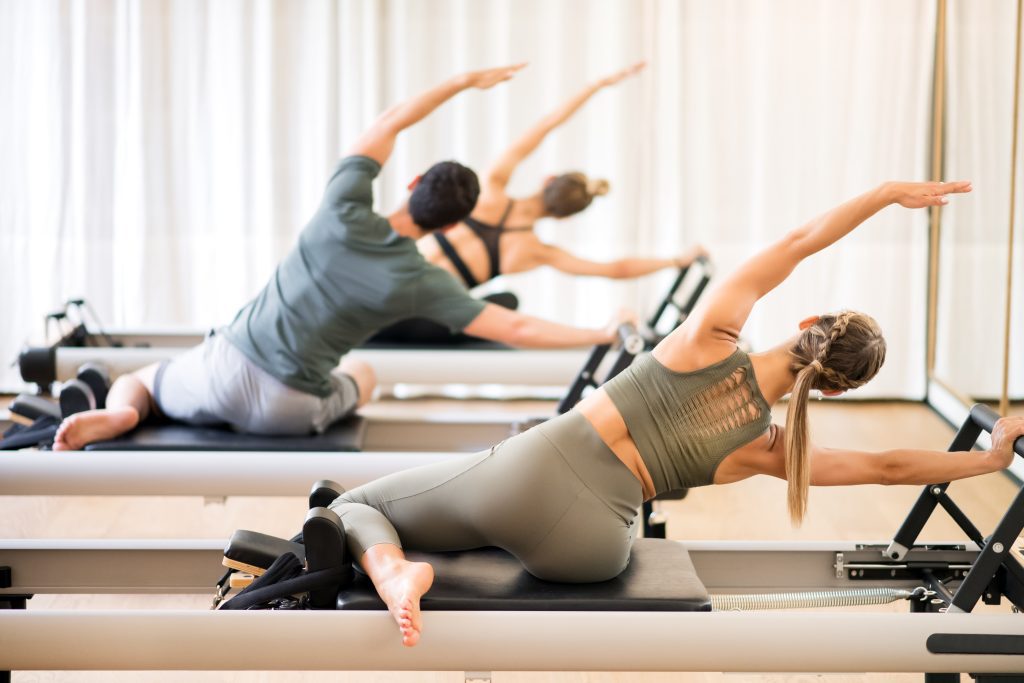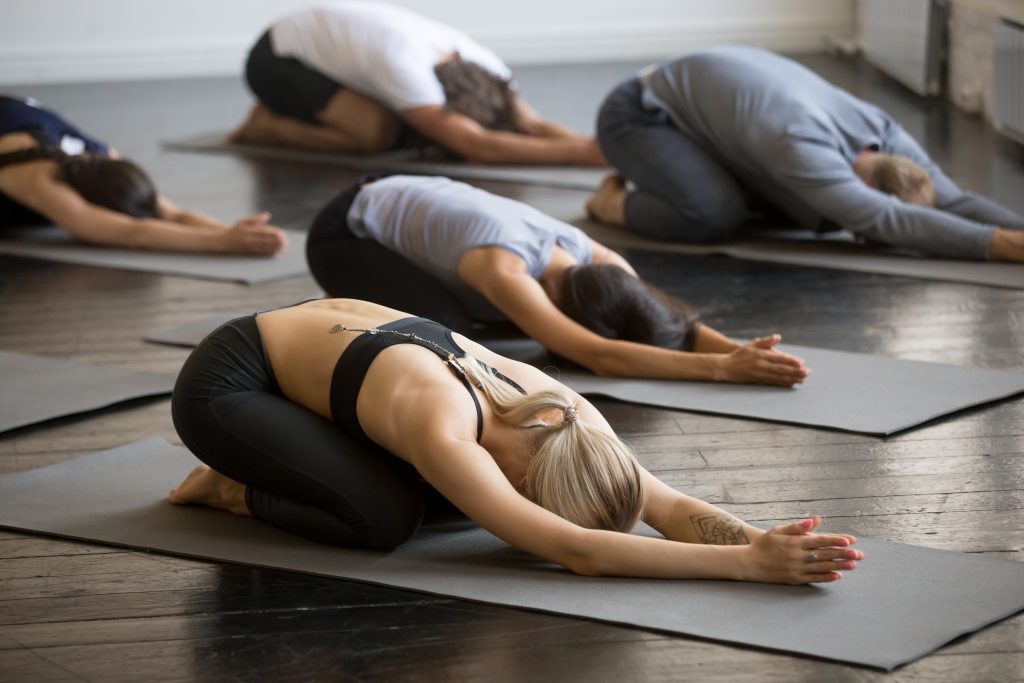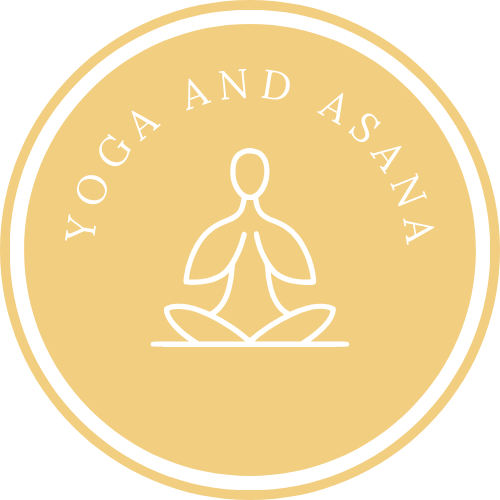Deciphering the Differences: The Distinct Worlds of Yoga and Pilates
Navigating through the realms of physical and mental wellness, one often encounters Yoga and Pilates, two prominent modalities revered for their health-enhancing attributes. Despite some superficial similarities, notably in promoting strength, flexibility, and mental acuity, these practices are fundamentally different, each with its own unique origin, principles, and effects on the practitioner. This exploration aims to unravel these differences, offering clarity to those pondering over Yoga and Pilates.

Origins and Philosophical Support
Yoga is an ancient practice, rooted deeply in the spiritual soil of India, tracing back millennia. It transcends physical activity, encompassing a profound spiritual and philosophical journey toward uniting mind, body, and soul. Yoga’s expansive spectrum includes physical postures (asanas), breath control techniques (pranayama), meditation, and ethical disciplines, all directed towards achieving spiritual enlightenment.
Pilates, which came to being in the early 20th century by Joseph Pilates, was created as a method of physical rehabilitation and conditioning. It lacks the spiritual dimensions of Yoga, focusing primarily on the physical aspect of wellness, emphasizing core strength, posture improvement, and the mind-body synergy.
Practices and Methodologies
Yoga encompasses a vast array of practices, from gentle, restorative postures to intense, physically demanding sequences, often interwoven with breath. It is not just about physical exercise; breathing techniques and meditation are crucial components, reflecting its holistic nature.
Pilates features a variety of exercises, often executed in a flowing manner, with a core-centric approach. It can be practiced on a mat or with specialized apparatus like the Reformer, which adds resistance to enhance muscle conditioning. Pilates prioritizes precision, control, and targeting specific muscle groups through smaller, concentrated movements.

Benefits for Body and Mind
Both Yoga and Pilates are lauded for their health benefits. Yoga excels in enhancing flexibility, equilibrium, and mental tranquility. It aids in stress reduction and concentration improvement and fosters inner serenity. Physically, it strengthens, tones, and aids in alleviating conditions like back discomfort and arthritis.
Pilates shines in building core muscular strength, which is pivotal for proper posture and alignment. It also improves muscle tone, flexibility, and joint mobility. Pilates is frequently recommended for rehabilitation, injury prevention, and boosting athletic performance.
Making an Informed Choice
When contemplating Yoga and Pilates, consider your personal objectives and inclinations. Yoga may be your path if you seek a comprehensive practice that integrates physical, mental, and emotional health with a spiritual touch. If your focus is on physical strengthening, particularly of the core, and posture enhancement, Pilates might be more apt.
To sum up, Yoga and Pilates, while sharing certain similarities, diverge significantly in their approach, execution, and ultimate goals. Each offers distinctive benefits and can even complement each other when practiced in tandem. No matter if you opt for Yoga or Pilates, or a blend of both, you are embarking on a path toward enriched physical and mental well-being.
